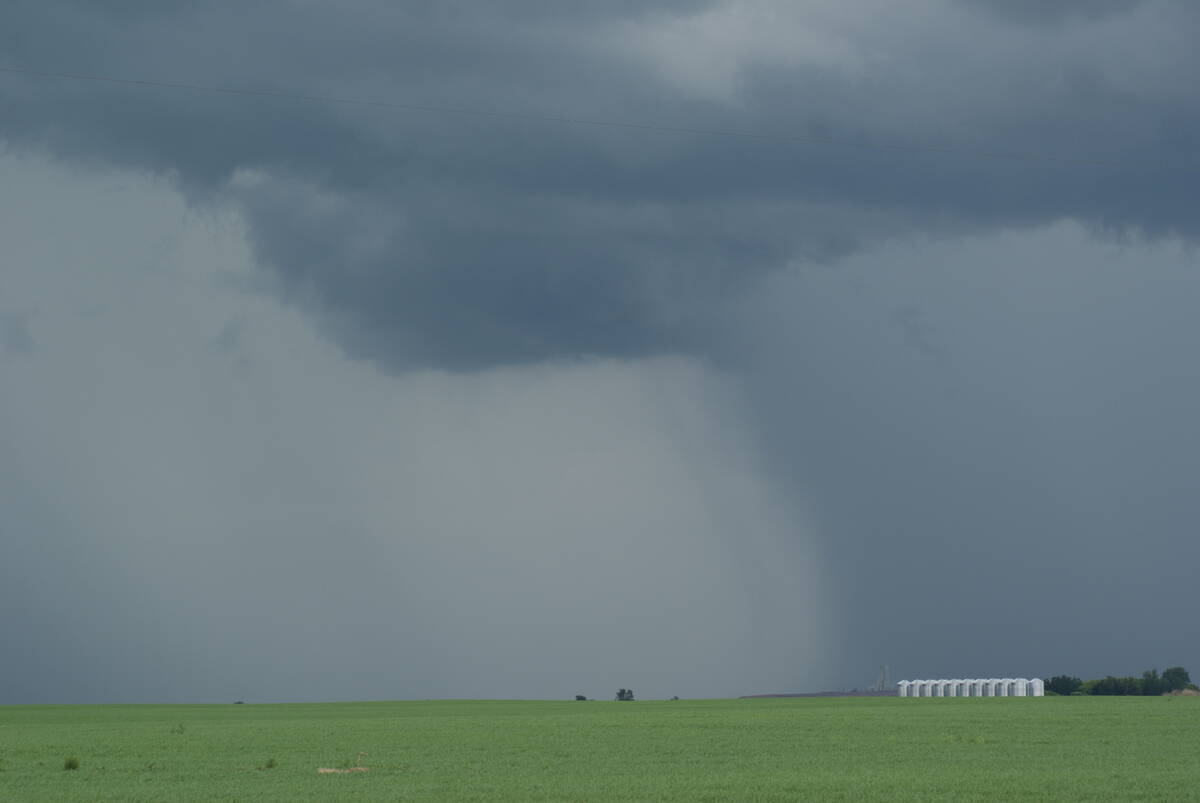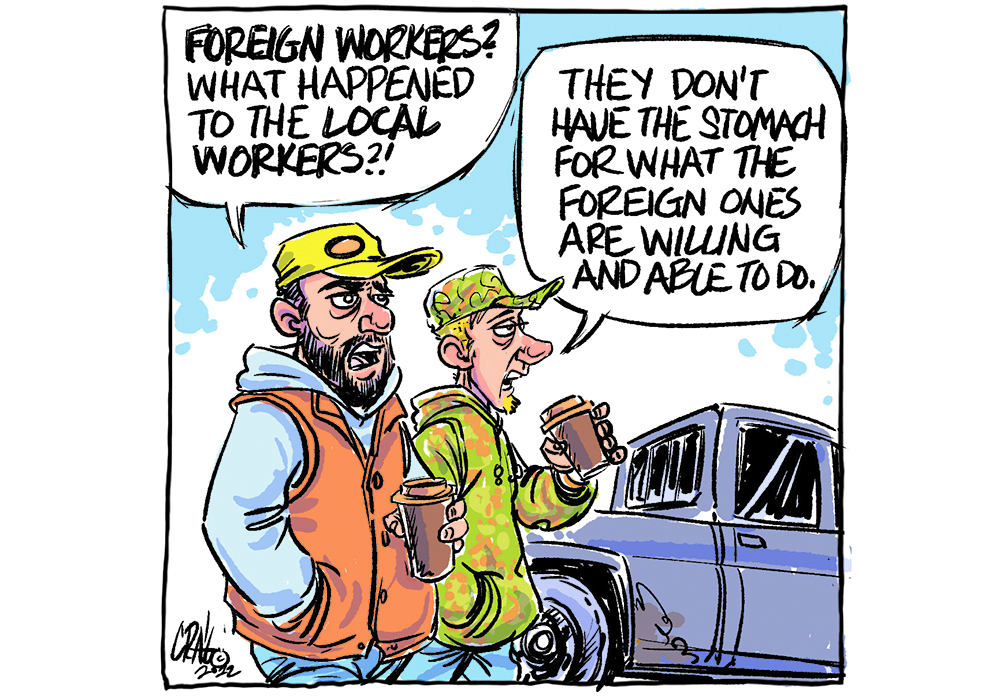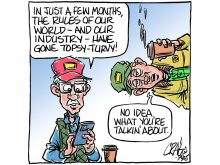Worker shortages in agriculture might be the labour pains of birthing a bigger economy, but they also represent the pain of a national economic illness.
The seeds of this industry’s current labour crisis were planted years ago and nurtured by subsequent world events — in some cases inadvertently and in other cases with intent.
Farm associations of the 1930s questioned the federal government of the day about strategies that encouraged workers to leave the land in favour of urban manufacturing centres. Then the Great Depression decimated farm income, forcing more people to abandon the farm.
Read Also

Canadian farmers need new tools to support on-farm innovation
Farmers need a risk management buffer that actually works and investment that drives advancements forward if Canada is to build resilience.
The Second World War drew thousands of people away to fight and its aftermath accelerated moves to greater industrialization — largely focused in or near cities — as well as more advanced mechanization and consolidation of farms.
When farms and food processing couldn’t support as many workers as they once did, the government again encouraged movement away from farms and toward the ever-expanding industrial sector. Farm sizes increased and low farm returns pushed even more people into town.
Agricultural labour has traditionally been carried out by family members but now many Canadian farms require a paid workforce. That depends on their ability to afford such workers and the agility of would-be farmers to leap the barriers to land ownership.
By the end of this decade, growth in agriculture and food pursuits is projected to demand an additional 21,000 workers, according to recent reports. And we will have nearly 40,000 fewer people to do that work as the sector, which has an older demographic, sees more retirements.
Automation could ease the shortage on Canadian farms in the future but it might also accelerate consolidation because, farmers being farmers, additional revenues are usually spent on expansion and fixed capital assets rather than human resources.
As several agricultural industry groups have identified, a concentrated effort is needed to attract young entrants to agriculture and also encourage immigrants to enter what is becoming an exciting and dynamic field. As articulated in a story on pages 1 and 4 in this issue, these groups have identified competitiveness and profitability, equity, diversity, infrastructure and Indigenous opportunities as keys in a strategy to attract more people to the many available jobs and careers.
Given strong competition for workers everywhere else in the economy, these are challenging goals.
Recent federal government changes to the Temporary Foreign Worker program can help ease labour problems in the short term and have been welcomed by the agricultural sectors who depend on this valuable labour pool.
It is encouraging that a wide swath of agricultural entities as well as the federal government are taking measurable steps to address the issue.
But even beyond these moves, agriculture itself must adjust the way it is seen and the way it sees itself if it is to attract people who can understand its merits and who can contribute to sustainable production.
The rewards and commitments to the labour force must be competitive with other remotely located and intensive industries. Attractive pay is part of it but so is the lifestyle, the variety and the technology that are part of modern farming and food production. All those things must be part and parcel of building the skilled, multigenerational workforce Canadian farming needs.
How do most of us view farming and farm work, in all its manifestations? Answers to that question will govern the sector’s ability to attract and retain its people.
Karen Briere, Bruce Dyck, Barb Glen and Mike Raine collaborate in the writing of Western Producer editorials.















